Kathleen M. Reilly - Planet Earth: Finding Balance on the Blue Marble with Environmental Science Activities for Kids
Here you can read online Kathleen M. Reilly - Planet Earth: Finding Balance on the Blue Marble with Environmental Science Activities for Kids full text of the book (entire story) in english for free. Download pdf and epub, get meaning, cover and reviews about this ebook. year: 2019, publisher: Nomad Press, genre: Children. Description of the work, (preface) as well as reviews are available. Best literature library LitArk.com created for fans of good reading and offers a wide selection of genres:
Romance novel
Science fiction
Adventure
Detective
Science
History
Home and family
Prose
Art
Politics
Computer
Non-fiction
Religion
Business
Children
Humor
Choose a favorite category and find really read worthwhile books. Enjoy immersion in the world of imagination, feel the emotions of the characters or learn something new for yourself, make an fascinating discovery.
- Book:Planet Earth: Finding Balance on the Blue Marble with Environmental Science Activities for Kids
- Author:
- Publisher:Nomad Press
- Genre:
- Year:2019
- Rating:4 / 5
- Favourites:Add to favourites
- Your mark:
Planet Earth: Finding Balance on the Blue Marble with Environmental Science Activities for Kids: summary, description and annotation
We offer to read an annotation, description, summary or preface (depends on what the author of the book "Planet Earth: Finding Balance on the Blue Marble with Environmental Science Activities for Kids" wrote himself). If you haven't found the necessary information about the book — write in the comments, we will try to find it.
The environment is all around us, whether you live in a city, suburb, or the country. Sometimes, its easy to ignore. But forgetting about the environment isnt an option if we want our planet to be healthy!
Planet Earth: Finding Balance on the Blue Marble with Environmental Science Activities for Kids introduces middle grade readers to all the parts of the natural world, including the oceans, the atmosphere, the earth, and everything in between. In this book, kids master ecology basics, such as the food web and animal habitats, while also learning about environmental issues such as wind and solar power, endangered species, climate change, and more. Stories about new innovations in fields such as recycling, agriculture, and energy production galvanize readers to turn their creative thinking skills to their own inventions.
Planet Earth includes hands-on STEM activities and critical thinking exercises to encourage readers to discover connections among their observations of their immediate environment and the larger world around them. Fun facts, links to online primary sources and other supplemental material, and essential questions encourage readers to ask themselves what they could do differently to make the world a healthier place.
Planet Earth is part of a set of four Build It Environmental Science books that explore the history and science of the planet and all that live on it through hands-on STEM activities and real-life environmental connections. Other titles in this series are Biodiversity, Garbage, and Biomes.
Nomad Press books integrate content with participation. Common Core State Standards, the Next Generation Science Standards, and STEM Education all place project-based learning as key building blocks in education. Combining content with inquiry-based projects stimulates learning and makes it active and alive. Nomads unique approach simultaneously grounds kids in factual knowledge while allowing them the space to be curious, creative, and critical thinkers.
Kathleen M. Reilly: author's other books
Who wrote Planet Earth: Finding Balance on the Blue Marble with Environmental Science Activities for Kids? Find out the surname, the name of the author of the book and a list of all author's works by series.

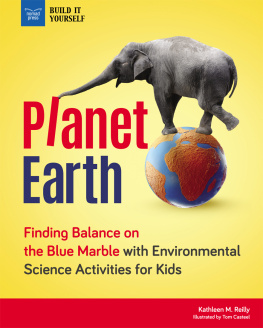
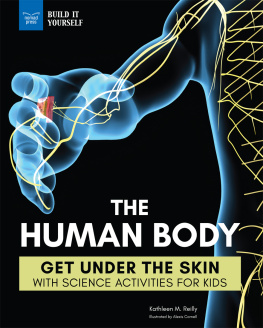


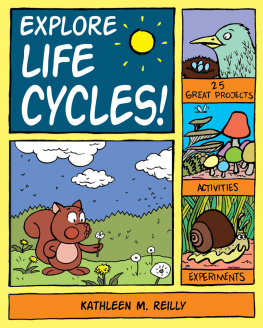
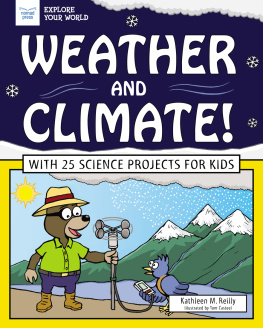

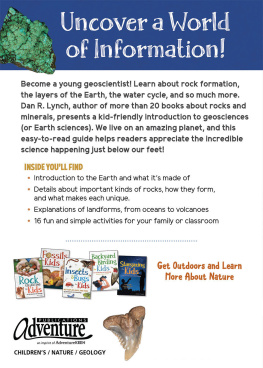
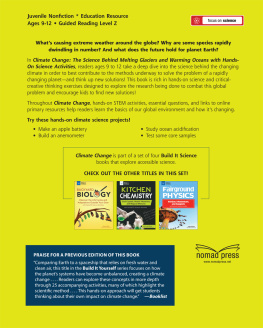
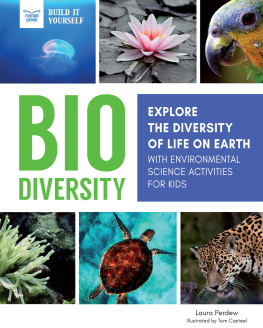
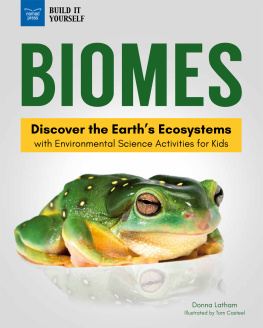
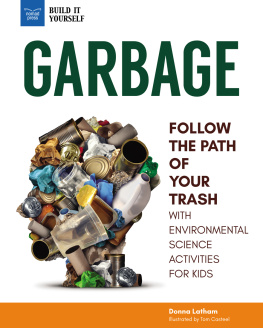



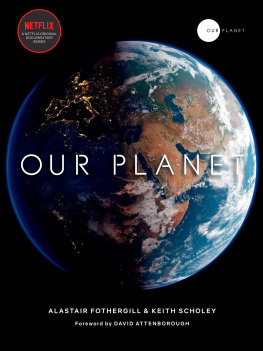



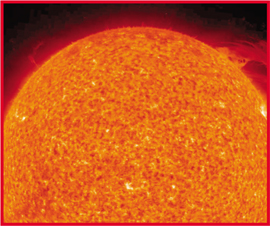
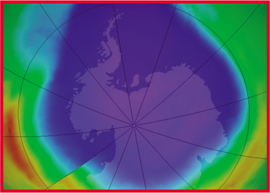
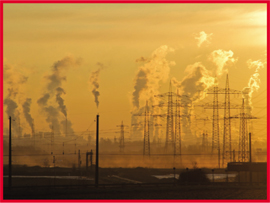
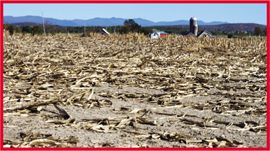
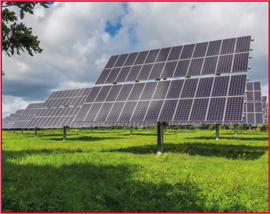
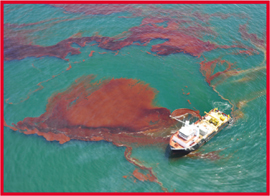
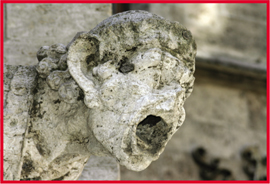
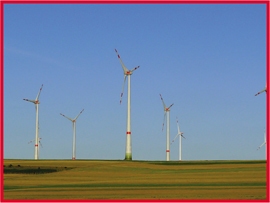
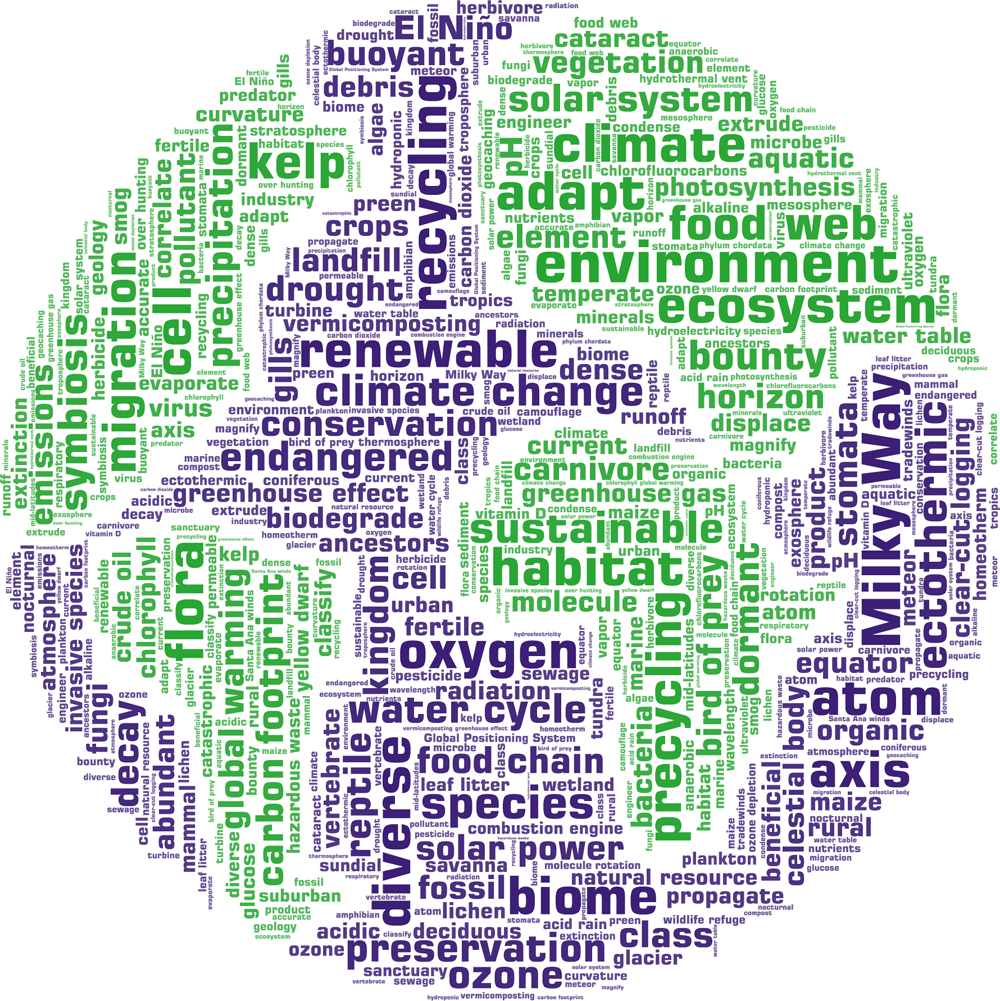
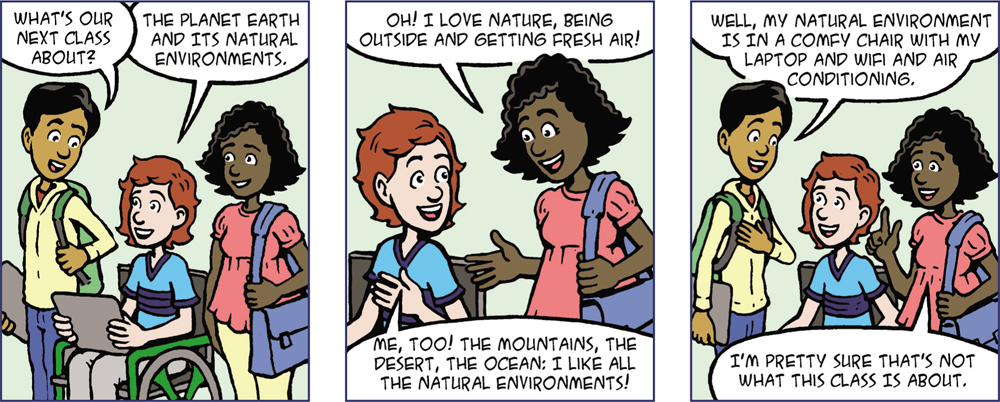
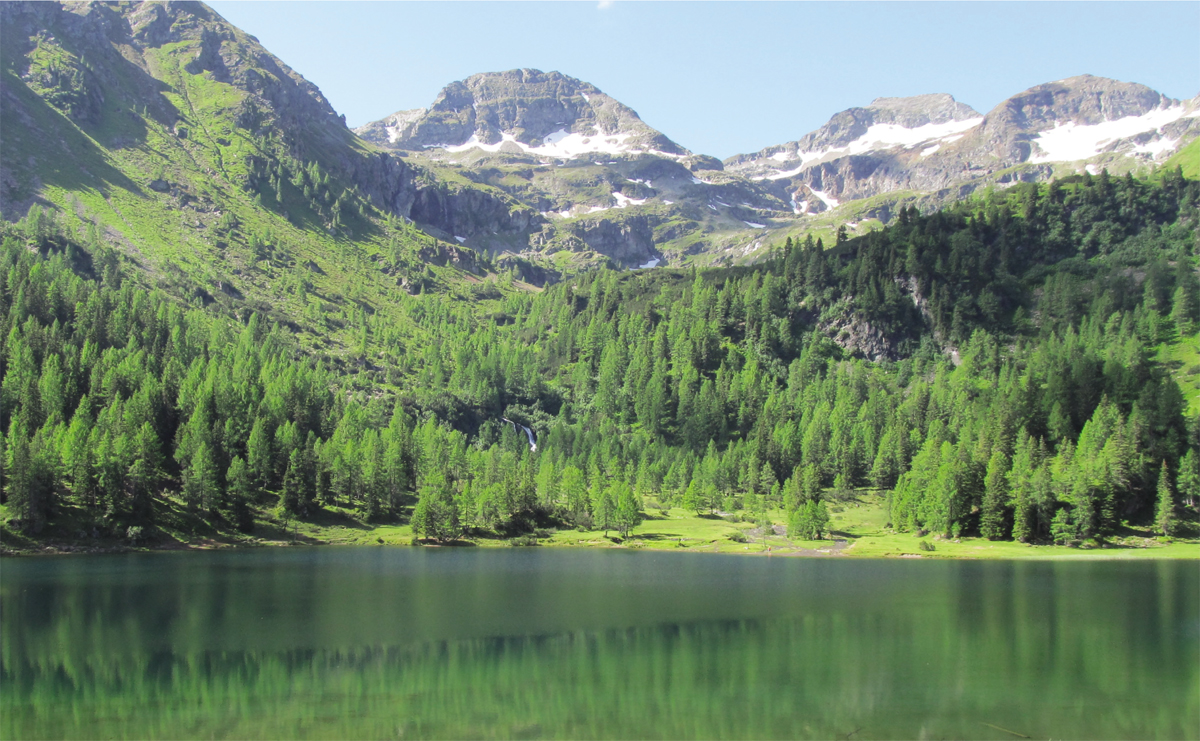

 Take a look at an animated infographic that shows the progression of global temperatures for the last 116 years.
Take a look at an animated infographic that shows the progression of global temperatures for the last 116 years.
 temperature circle climate
temperature circle climate